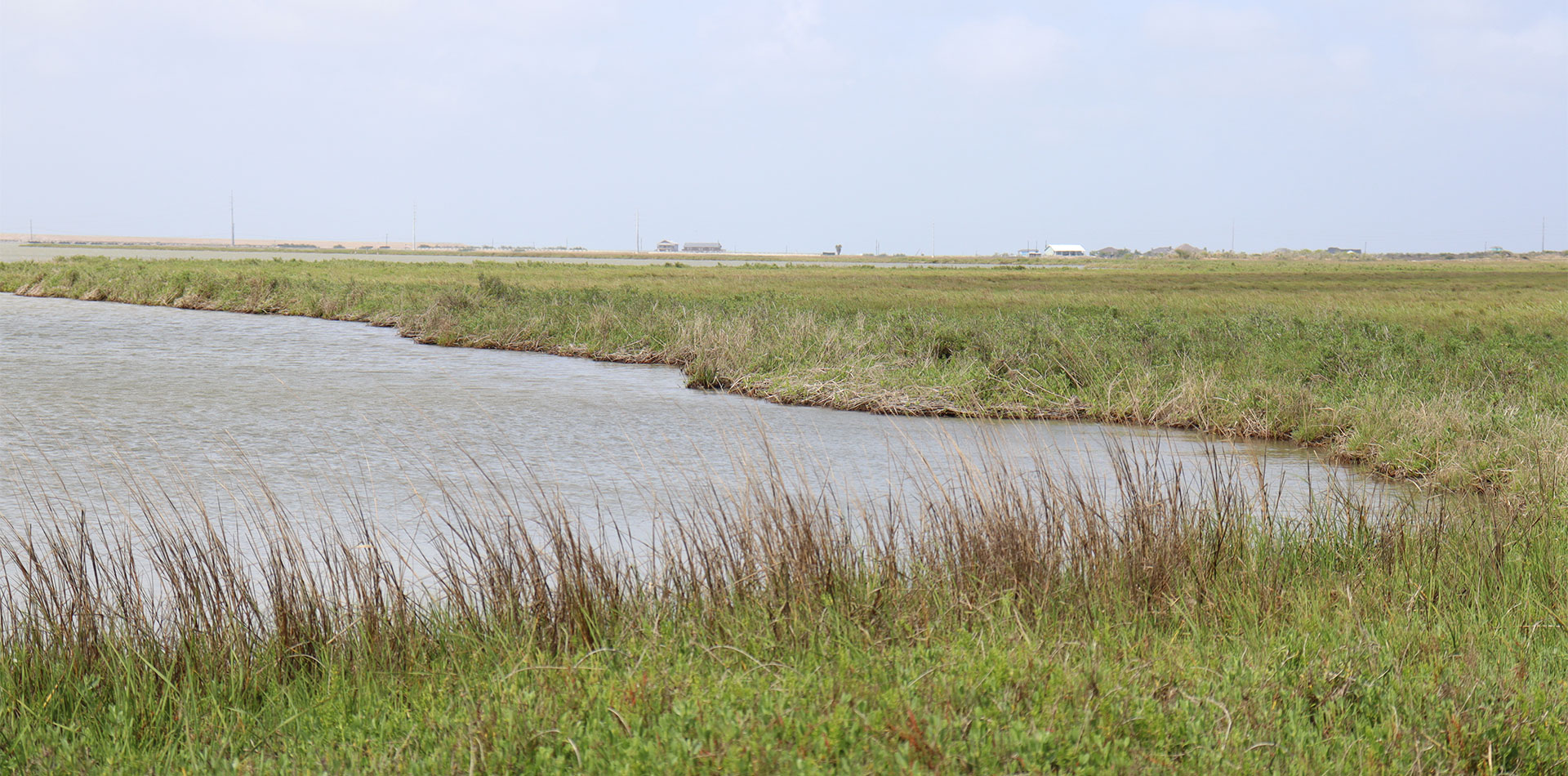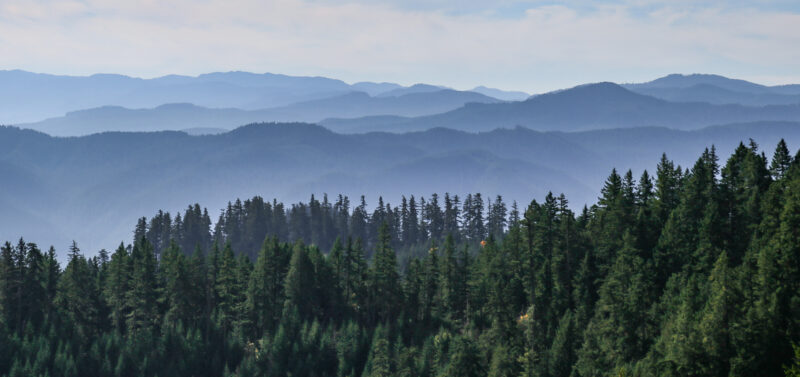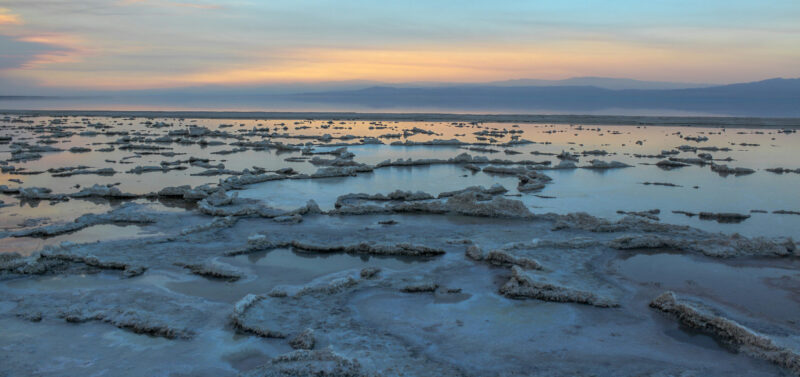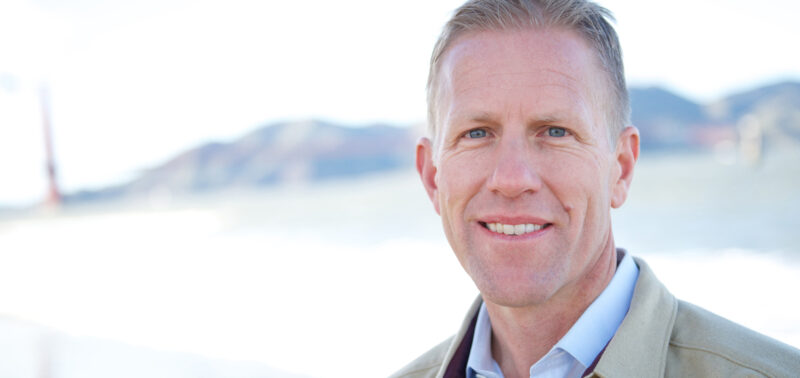ESA is pleased to announce exciting new additions to the Northwest region as we welcome...

Blue Carbon Assessments
ESA staff assesses and quantifies blue carbon stored in coastal habitats as a way to quantify its environmental benefits and to support coastal management planning.
The term “coastal blue carbon” refers to the carbon captured and stored by coastal ecosystems. ESA has developed a methodology for assessing the benefits of tidal wetland and seagrass restoration that lead to greenhouse gas offsets. This methodology has been used for multiple projects across the country.
The addition of climate mitigation benefits is expected to broaden the pool of potential funds for estuarine restoration, which could directly benefit ecosystem restoration efforts. Where carbon finance is not appropriate, recognition of their climate values could help prioritize actions which improve and conserve these habitats in the context of climate adaptation.
Related specialties and services:
- Carbon management and mitigation
- Carbon offset and sequestration program design and documentation
- Greenhouse gas inventories and reporting
- Habitat evolution modeling
- Restoration design
- Sea-level rise planning
Featured Projects
News & Ideas
Note, this is the second of two articles exploring how ESA is helping to study...
ESA is pleased to present and attend this year’s Bay-Delta Science Conference in Sacramento, California from...
On July 22, the U.S. Environmental Protection Agency (EPA) awarded a $500 million grant to...
ESA is pleased to announce that Jorgen Blomberg has been selected to lead the firm’s...
For much of the Western United States, wildfires have become an ever-present reality that we...












